The artistic landscape is undergoing a seismic shift. Enter AI art generators, tools that use algorithms to produce visually stunning and often eerily original creations. But are these tools pushing the boundaries of human imagination or contributing to a “creative glut,” saturating the art world with formulaic imagery? Let’s explore the complex interplay between AI and human creativity, delving into both the challenges and opportunities this technology presents.
From Pixel to Palette: How AI Generates Art
AI art generators operate in diverse ways, some mimicking existing artistic styles while others venturing into uncharted territories. Some popular methods include:
- Style Transfer: Transferring the artistic style of one image to another, creating works reminiscent of famous painters like Van Gogh or Monet.
- Generative Adversarial Networks (GANs): Two AI models compete against each other, one creating art, the other trying to discern if it’s human-made. This back-and-forth refines the generated art, often producing remarkably realistic images.
- Variational Autoencoders (VAEs): Encode images into compressed representations, then decode them with variations, potentially generating entirely new forms and structures.
A Flood of Formless Forms: The Glut Argument
Critics argue that AI art generators contribute to a “creative glut,” saturating the market with derivative and uninspired works. They highlight concerns like:
- Homogenization of styles: Overreliance on specific algorithms could lead to a predictable and formulaic aesthetic, stifling artistic diversity.
- Devaluation of human skill: If anyone can generate art with a click, could it diminish the value of traditional artistic skill and effort?
- Lack of meaning and depth: Critics argue that AI-generated art often lacks the emotional resonance and intellectual depth inherent in human-created works.
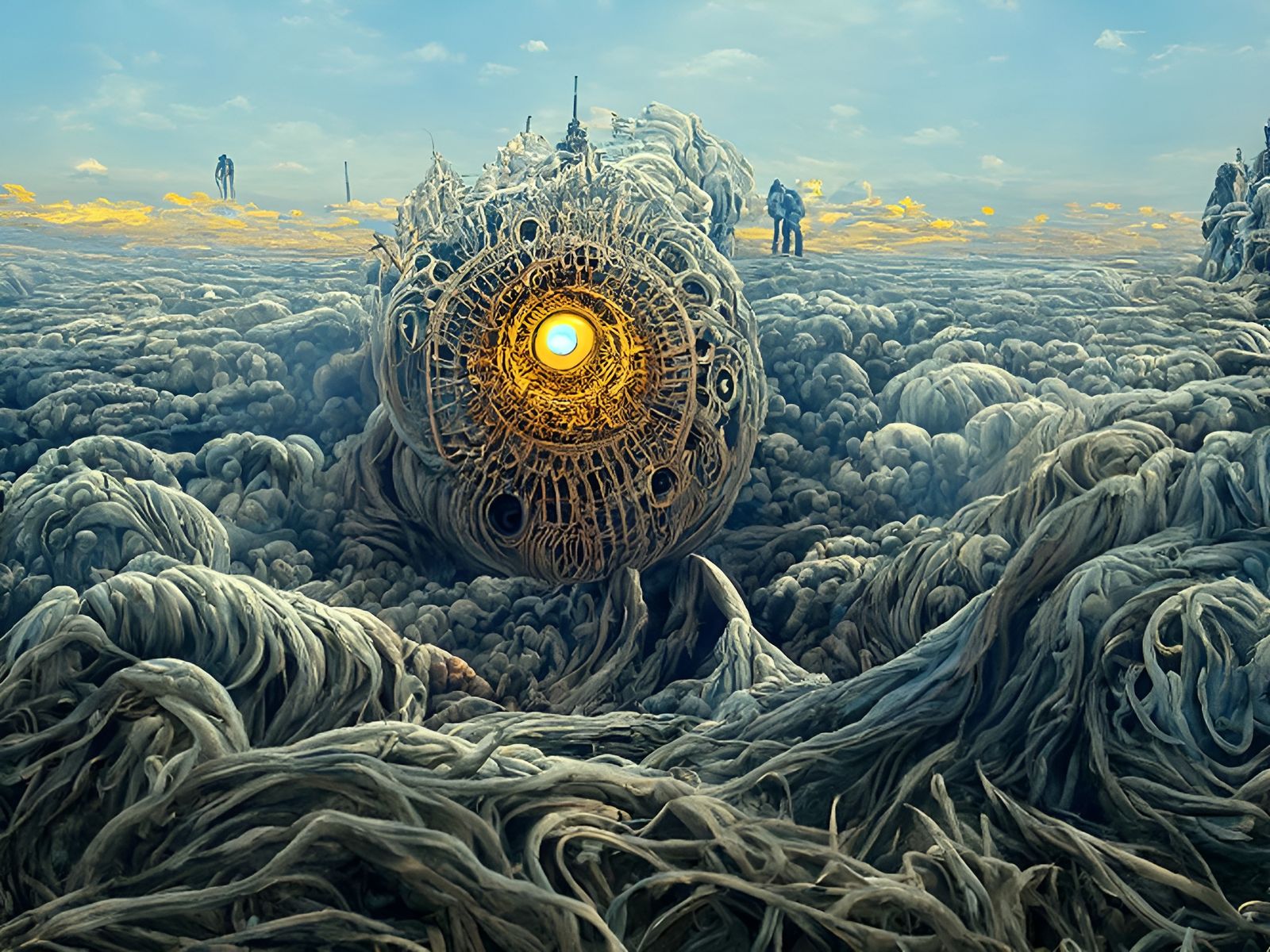
Beyond the Brushstrokes: Inspiration and Exploration
Despite these concerns, AI art generators offer exciting possibilities for creative exploration:
- Breaking creative barriers: AI can generate art beyond human limitations, exploring unimaginable forms and colors, potentially sparking new artistic movements.
- Democratization of art creation: Making tools accessible to anyone can foster inclusivity and encourage experimentation, even for those without traditional artistic skills.
- Collaboration and augmentation: AI can act as a collaborator, generating ideas and variations that human artists can refine and incorporate into their work.
- Exploration and discovery: AI can help artists explore vast artistic spaces, identifying patterns and connections that might inspire new directions.
The Human Touch: Where AI and Humans Intersect
The real story lies not in replacing human creativity, but in the dynamic interplay between AI and artists. Here’s how the future might unfold:
- Hybrid workflows: Artists might use AI as a tool, generating initial ideas or variations, then refining them with their own creative vision and skill.
- New art forms: The collaboration between AI and humans could lead to entirely new art forms, blending human intentionality with the boundless possibilities of machine learning.
- Curation and storytelling: Human artists will still play a crucial role in selecting, curating, and imbuing AI-generated art with meaning and context.
Navigating the Creative Canvas: Finding a Balance
AI art generators present both challenges and opportunities. They are not a replacement for human creativity, but rather a powerful tool that can augment and inspire artistic expression. The key lies in using them responsibly, ethically, and creatively, while acknowledging the importance of human agency and meaning-making in art.







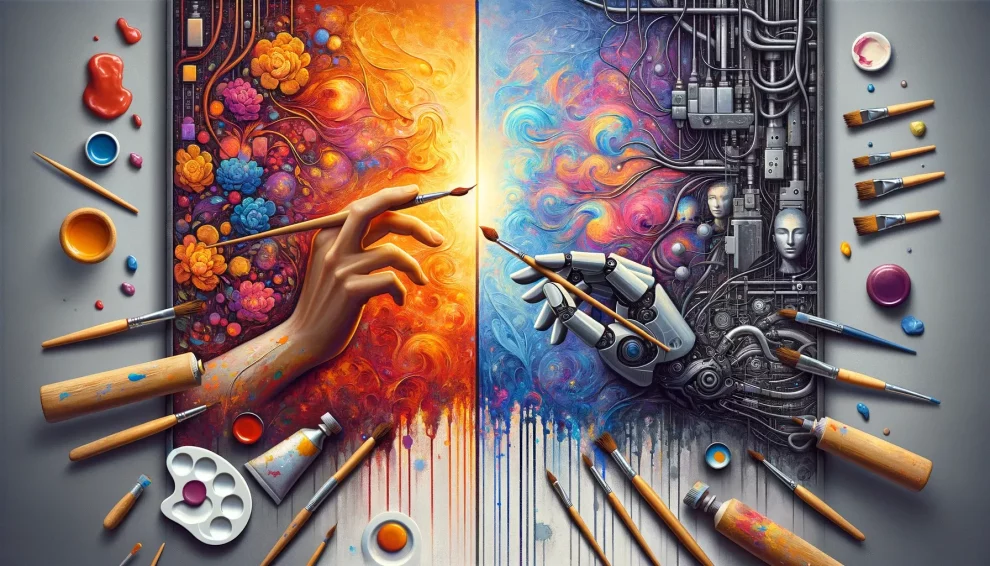
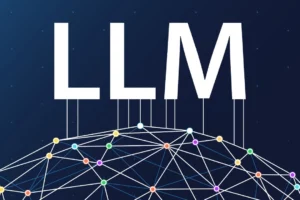
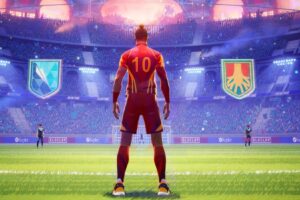
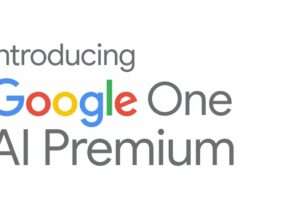





Add Comment